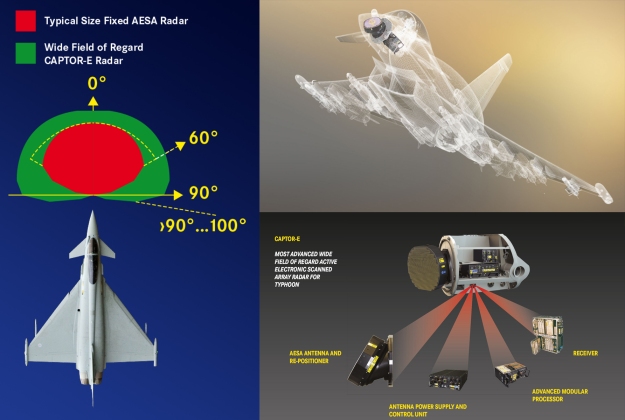The Type 094 (NATO designation Jin class) nuclear-powered ballistic missile submarine is the second-generation SSBN of the Chinese navy. Its development possibly began in the early 1980s. It is a successor to the unreliable Type 092 or Xia class. The whole project is kept in secrecy.
Speculations have been made, that development of the Type 094 class was assisted by Russian Rubin Design Bureau, however this information was not confirmed. Construction of the lead vessel began in 1999 and it was launched in 2004. It seems that the first boat was commissioned in 2010. Currently at least three hulls of the class have been identified. The second vessel of the class was launched in 2007. Some sources claim, that a total of 5 submarines of this class are projected.
Images show possible new variant of China’s Type 094 SSBN

This image of a what appears to be modified Chinese Type 094 SSBN reveals a sail that seems to have incorporated changes from the modified Type 093 sail. Source: Via Guancha.com
After the recent revelation that China has a new variant of its Shang-class (Type 093) nuclear-powered attack submarine (SSN), new images suggest there is at least one Jin-class (Type 094) nuclear-powered ballistic missile submarine (SSBN) with similar modifications, called the Type 094A by some Chinese sources.
Revealed in Chinese online forums in late June, the modified SSN – called by some the Type 093B – features a redesigned sail that favours a rounder top area over navigation windows. The boat also features hydrodynamic improvements such as a smooth slope for the front top and the use of a small fillet at the front base of the sail that reduces flow noises.
More recently, two images of what appears to be a Type 094 SSBN featuring similar modifications emerged on the Chinese online forum Haohanfw.com. The background of one of the images also seems to imply that the boat has been deployed to the new Chinese SSBN base at Sanya, on Hainan Island, but this could not be confirmed.
There is also speculation on Chinese online forums that this is the fourth Type 094 SSBN that has been produced. Since 2008 the Pentagon’s annual China military reports have estimated that up to five Type 094s could be produced.
China has great incentive to improve what are believed to be ‘noisy’ SSBNs. In 2009 the US Office of Naval Intelligence produced a chart showing that the Type 094, first launched in 2004, was noisier than the Soviet-era Project 667BDR (Delta III) SSBN, first launched in 1976.
Modifications to the Type 093 and Type 094 point to China’s continued effort to improve its nuclear submarine force, which the Pentagon notes will lead to the third generation Type 095 SSN and Type 096 SSBN in the 2020s.
The latest Pentagon report on China’s military also notes that a new JL-3 submarine-launched ballistic missile (SLBM) may be under development for the Type 096 SSBN.
Original post janes.com
Jin class

The Jin class reportedly will carry twelve JL-2 (NATO designation CSS-N-5 Sabbot) SLBMs. The JL-2 missile has a maximum range of 8 000 km and can carry up to 3 nuclear warheads. It will allow this submarine to hold US territory within missile range, while operating from Chinese costal waters. Hull of the submarine was enlarged to accommodate missile tubes and part of the nuclear reactor. Originally these submarines were planned to carry 16 missiles. Other armament includes six 533-mm torpedo tubes.

chinapower.csis.org
| Entered service | 2010 (?) |
| Crew | ? |
| Diving depth (operational) | ? |
| Diving depth (maximum) | ? |
| Dimensions and displacement | |
| Length | 133 m |
| Beam | ? |
| Draught | ? |
| Surfaced displacement | 8 000 tons |
| Submerged displacement | 9 000 tons |
| Propulsion and speed | |
| Surfaced speed | ? |
| Submerged speed | > 20 knots |
| Propulsion | ? |
| Armament | |
| Missiles | 12 x JL-2 SLBMs |
| Torpedoes | 6 x 533-mm bow tubes |
Source military-today.com

hisutton.com
JL-2 (NATO designation CSS-N-5 Sabbot) SLBMs

JULANG-2 (CSS-NX-5)



 Image @xinhuanet.com
Image @xinhuanet.com



